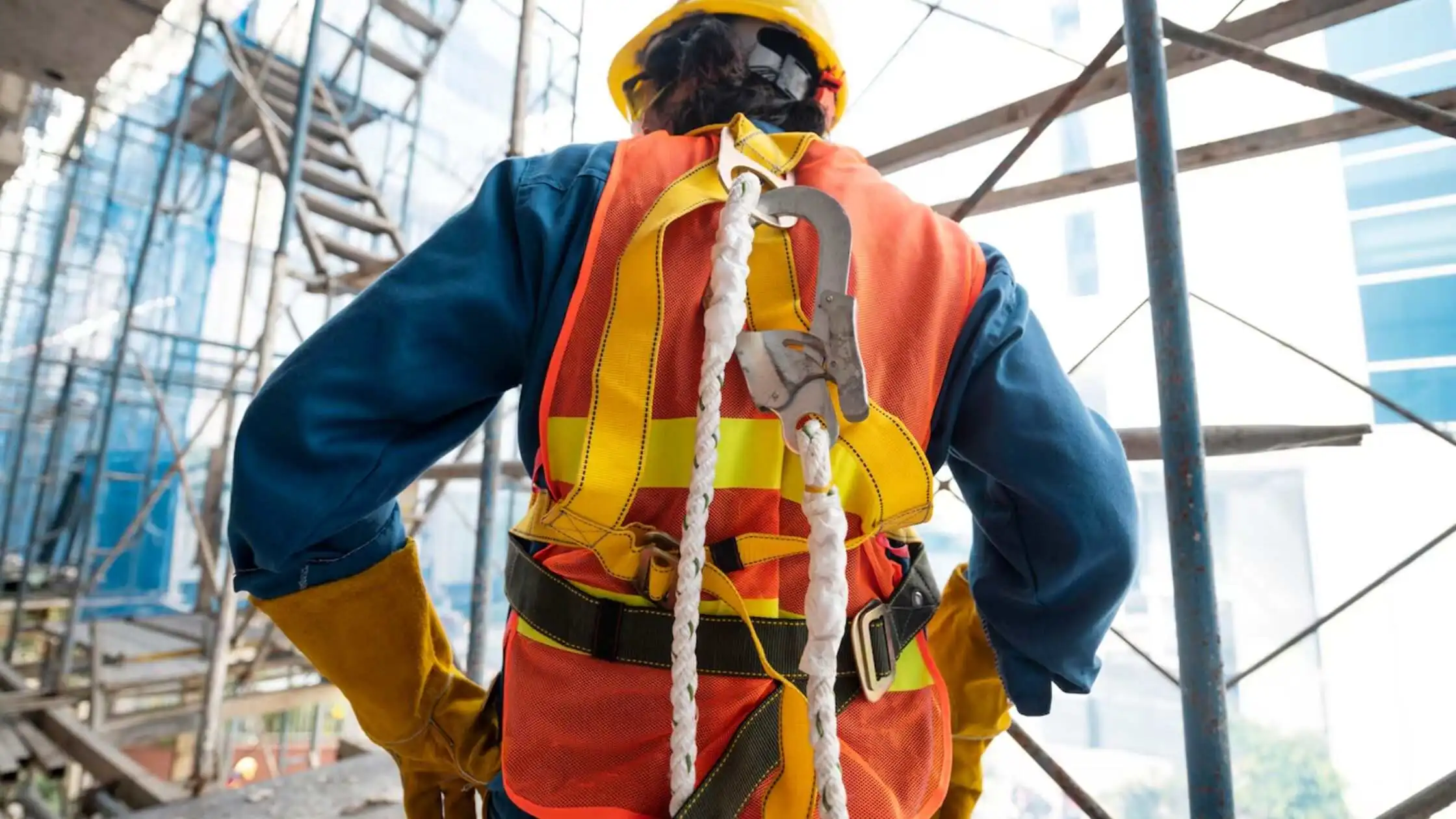

Image Credit: Freepik
Height safety inspections are vital for making sure the protection of people appearing responsibilities at multiplied degrees. Proper inspections help save you accidents and make sure compliance with safety regulations.
Conducting an intensive top protection inspection includes numerous key steps, from expertise the risks to the usage of the correct system. Here is a complete manual on the way to conduct a peak safety inspections effectively.
Identify Hazards
Before conducting a peak protection inspection, it’s crucial to become aware of capability dangers related to running at heights. Common hazards encompass falling from ladders, scaffolds, roofs, or via fragile surfaces. Understanding these risks enables in making plans a detailed inspection and imposing appropriate protection measures.
Assess the Work Environment
Examine the work surroundings to become aware of any structural weaknesses, slippery surfaces, or obstructions that would pose a danger. Evaluate the weather situations if the work is performed exterior, as wind, rain, or snow can drastically growth the danger.
Familiarize with Standards
Ensure which you are acquainted with the applicable safety requirements and rules, such as those set via OSHA (Occupational Safety and Health Administration) or other nearby authorities. These standards provide hints at the minimum safety requirements for running at heights and accomplishing inspections.
Compliance Checklist
Prepare a compliance tick list primarily based on these guidelines. The checklist need to cover all elements of peak protection, inclusive of using fall protection structures, guardrails, harnesses, and anchor factors.
Personal Protective Equipment (PPE)
Check all personal shielding device (PPE) along with harnesses, helmets, and lanyards for any signs of wear and tear and tear. Ensure that all PPE is in properly condition and meets the desired safety requirements. Look for frayed straps, damaged buckles, and different defects that would compromise safety.
Fall Protection Systems
Inspect fall safety systems, consisting of guardrails, Safety Inspections nets, and lifelines. Ensure that those structures are successfully set up, securely anchored, and free from harm. Verify that lifelines aren’t tangled and that safety nets are not torn or broken.
Anchorage Points
Check the anchorage points to make certain they’re stable and capable of supporting the weight. Verify that anchor factors are set up in accordance with the producer’s instructions and safety rules.
Scaffolds and Platforms
Inspect scaffolds and paintings systems for balance and structural integrity. Ensure that each one components, together with planks, guardrails, and braces, are in area and securely mounted. Check for any signs and symptoms of damage or wear that could compromise the protection of the shape.
Ladders
Inspect ladders for defects consisting of cracks, bends, or missing rungs. Ensure that the ladder’s feet are stable and not wiped out. Verify that extension ladders are locked securely and that step ladders have fully prolonged and locked hinges.
Emergency Procedures
Review the emergency tactics in vicinity for peak-related injuries. Ensure that all workers are aware about the methods and know how to use emergency system together with descent devices and primary useful resource kits.
Check the training records of all workers to ensure they have received proper training in height safety. Verify that they are competent in using fall protection systems and emergency procedures.
Observe Work Practices
During the website online walkthrough, take a look at the work practices of personnel to ensure they may be following safety protocols. Look for any dangerous behaviors, which includes now not using PPE or mistaken use of system.
Communicate with Workers
Talk to workers to get their enter on ability safety problems. They may additionally provide insights into hazards that aren’t right away obvious. Encourage them to record any safety issues and make certain they experience snug doing so.
Record Inspection Results
Document all findings from the inspection, which includes any identified risks, gadget defects, and hazardous practices. Use photos and precise notes to assist your findings.
Implement Corrective Actions
Based at the inspection results, enforce corrective movements to address any safety issues. This may include repairing or changing faulty equipment, presenting additional training, or revising safety processes.
Follow-Up Safety Inspections
Schedule observe-up inspections to make certain that corrective movements were applied and that the site remains safe. Regular inspections help keep a high fashionable of safety and prevent destiny incidents.
Conducting a peak safety inspection is a vital procedure for protective workers and making sure compliance with safety regulations.
By know-how the dangers, reviewing protection policies, examining gadget, evaluating strategies, accomplishing thorough walkthroughs, and documenting findings, you can create a more secure paintings surroundings. Regular inspections and set off corrective actions are key to maintaining peak safety and stopping injuries.
West Coast Eagles fans are worried by the pre-season injury of Elliot Yeo as the…
Is Kylie Kelce pregnant? She is expecting baby No. 4, and the Kelce home is…
Mbappé to Real Madrid elevates the club to the top of product sales with two…
A thriving lawn is the foundation of a great outdoor gathering. Whether it’s a family…
In its "Bold New Chapter" approach, Macy's stores closing include their plans to shut down…
The global of telecommunications and ICT infrastructure is evolving hastily, and specialists who need to…